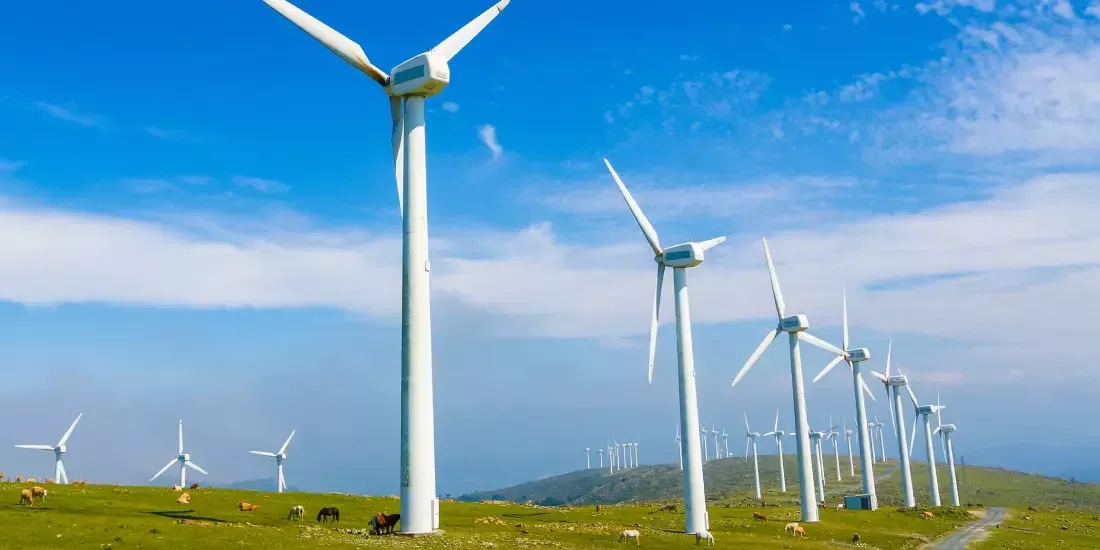Government Eases Onshore Wind Farm Ban

What Is Onshore Wind?
Onshore wind farms operate with wind turbines on the mainland, powered by air blowing in from the sea. These turbines are often located in rural areas that are sparsely populated to reduce obstacles to air flow and increase subsequent energy generation. These are different to offshore wind farms that are powered by wind currents blowing across the sea.
There are currently over 1,500 onshore wind farms across the UK, capable of generating more than 12GWh of electricity. Unlike offshore turbines, which are more expensive and complex to construct, onshore turbines are cheap, easy to construct and simple to maintain. What’s more, every piece of renewable technology that is developed creates green jobs that contribute towards the economy and brings the country closer to its net zero targets.
Why Are Onshore Wind Farms Banned?
Back in 2015, the former Prime Minister David Cameron tightened the rules on onshore wind turbines. Any application would fail to go through the planning process if there was a single local objection. At the time, the Conservatives feared local residents and landscapes would be negatively affected.
According to research from the University of the West of England, this policy change led to a 97% decrease in the number of onshore wind farms being built between 2016 and 2021 compared to 2009-2014. Despite public concern growing about the environment and how the UK needs to reduce its carbon emissions, the government didn’t seem to listen. This was also at a time when renewables were considered the cheapest form of energy generation and were proven to help with energy security.
Has the Onshore Wind Ban Been Lifted?
When Rishi Sunak came into power last year, he upheld the ban on onshore wind. Since then, he’s had a couple of backbench rebellions against this decision. Now the ban has been eased slightly to allow for applications to go through where there is local consent. The benefits of operating a local wind turbine go beyond political decisions and help to support communities.
Critics have explained that uptake for onshore wind will be minimal because of the barriers involved. This includes the introduction of a 45% windfall tax on renewable wind turbines. Electricity generators will still hold back investment because they won’t see much of a return. Even if plans go ahead, the outdated grid can’t cope with new renewable connections.
What’s Next for Wind Power?
After years of stunted growth, the onshore wind industry isn’t likely to face a massive resurgence. Under the new plans, communities can apply to local authorities for permission to have wind turbines in their areas. Ultimately, the final decision is then left with the council. Community-backed wind turbines have the effect of providing cheaper energy for the area. The government has specified that any areas that support these turbines will receive less expensive bills.
While onshore wind is less reliable than offshore kinds, the benefits are plentiful. One of the drawbacks to wind turbines is that they need constant maintenance to ensure they are generating as much power as they can be. Over time, the blades break down and become less aerodynamic. This is one of the reasons why new jobs are created with new turbines, so it’s not as much of an issue. Only time will tell how well the reduction in regulations will help.
Interested in renewable energy? Get a quote for solar for your property.
